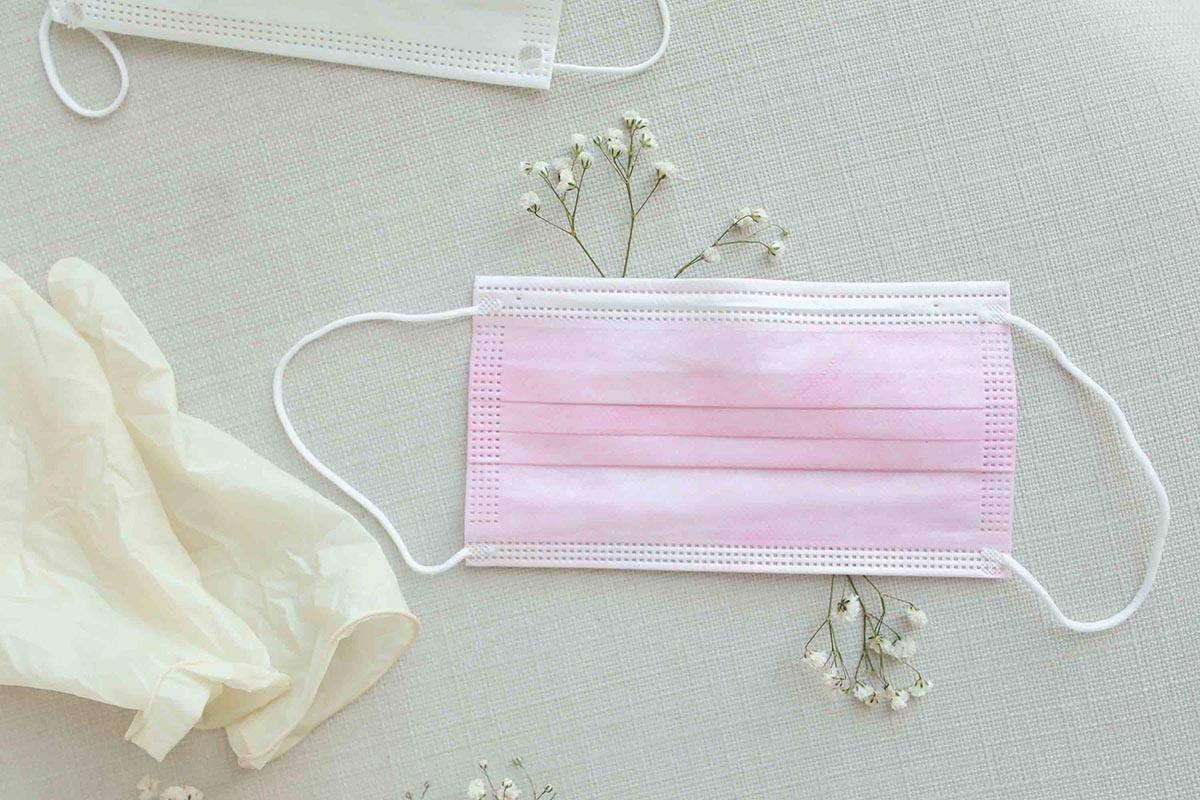As you know, the health crisis has had a significant impact on international trade. The numerous health regulations have considerably complicated trade and slowed down supply. So what is the impact of this crisis on raw materials and more particularly on cotton?
Why are commodity prices rising?
There is no doubt about it; the price of raw materials has skyrocketed. The COVID-19 crisis has considerably affected the production and supply of raw materials. To give you a quick overview of this phenomenon, the price of copper and polyethylene has risen by +30%, aluminium by +22% and PVC by +20%.
There are several reasons for this price increase. The first reason is the economic recovery in several Asian countries, including China. The economic recovery in China has been so fast that the price of raw materials has skyrocketed. Producers, having previously slowed down their production due to the numerous lock-ups, found themselves unable to meet the strong Chinese demand. Through the famous mechanism of the law of supply and demand, producers have therefore increased their prices.
The second reason for the price increase is supply. Today, a large part of the world’s transport is done by sea. But with the COVID-19 crisis, ships and container ships have been slowed down and sometimes even blocked by sanitary controls; not to mention the incident of the container ship stranded in the Suez Canal. Still under the same mechanism of the law of supply and demand, the scarcity of maritime transport has caused an explosion in freight prices.
Finally, a last trend seems to have a significant impact on the price of raw materials: the mass purchase of raw materials. Indeed, the drop in production has led some companies to adapt their stock strategies, causing shortages for certain raw materials.
What about cotton?
Unfortunately, cotton has not escaped this price increase. In fact, over the past year, the price of cotton has increased by 84%. It has risen from 51.15 cents per pound (end March 2020) to 80.65 cents (end March 2021).

Cotton prices over one year (April 2020 – end of March 2021)
Source : MarketInsider
Here too, several events can explain this price surge. First of all, there is the increase in demand. Once again, the strong demand from China, the largest consumer of cotton, together with that from Europe and the United States, have caused cotton prices to soar.
Another event responsible for the price increase is the weather. Recently, India, China and Pakistan have been experiencing difficult weather conditions. Coupled with the sanitary crisis, the cotton harvest was less good than usual, causing a drop in supply and therefore a rise in prices. Moreover, these producing countries had to regulate their exports in order to meet their own cotton needs, causing a further drop in supply.
Finally, the cotton market is significantly affected by the Uyghur crisis. Xinjiang, an autonomous region of China and the main supplier of cotton for the major brands, is accused of unfairly employing the Uyghur people, China’s Muslim minority. The major brands have therefore shifted part of their supply to the Euro-Mediterranean area, where the price of cotton is particularly high. Following this boycott, China took advantage of the situation to invest massively in the domestic market, thus causing prices to rise.
At Le Tissu by Domotex, the price of cotton has obviously affected our supply. However, in order to offer the fairest price to our customers, we have adapted and adjusted our prices by cushioning the rise in cotton prices on our margin rate. Our prices, mitigated by our efforts, have therefore increased by 5%, i.e. a few cents per metre.
What future for cotton?
Rising demand, falling global stock levels, disrupted supply… the price of cotton is not going to go down anytime soon. According to the Australian Commodities Bureau Abares, the price of cotton will continue to rise through 2022 to a high of 88 cents.
However, this price increase is not a threat to the textile industry, in fact quite the opposite. The price increase is a clear indication of the textile industry’s growth and dependence on cotton. Moreover, cotton is increasingly ecological, healthy and “social-friendly”. The development of textile certifications is a good illustration of this phenomenon.
At Le Tissu by Domotex, cotton is on the rise. As the main raw material for our fabrics, we select the best cotton at the best price. It must be safe, strong and ecological. This is why we have recently developed a GOTS certified collection (available in May), the highest socio-environmental textile certification. In this same vision, we have always been committed to offering quality fabrics that are harmless to humans. Yes, 95% of the fabrics we sell are OEKO-TEX® STANDARD 100 – Standard 100 labeled, which is the real guarantee of our commitment to the safety of our customers and end consumers.

